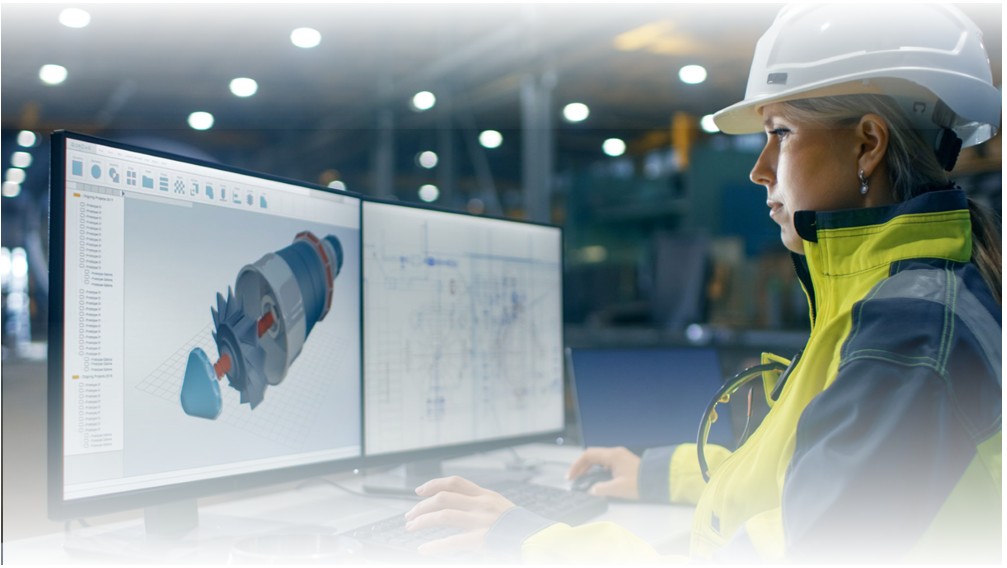Public Program
PLASTIC INJECTION MOLDING: DESIGN & MANUFACTURE OF PLASTIC PARTS
Course introduction
Plastic parts are found in countless big and small products today, from computers, household goods, control and instrumentation equipment, road vehicles, sporting goods to biomedical instruments, just to name a few. The quality and finishing of the plastic products depend on the choice of plastic material, product design, mould design and moulding process.
This is a course of continuing education specifically designed for people who are designing and manufacturing plastic parts.
course objective
- Plastic material selection
- Plastic material characteristics
- Plastic material applications
- Plastic material limitations
- DFM for plastic parts
- Measurements in plastics
- How to process the various types of plastic resins
Who Should Attend
This course is recommended for :
- Design Manager’s, Engineers
- Quality Manager’s, Engineers
- Process Manager’s, Engineers
- Manufacturing Manager’s, Engineer’s
- Purchasing Manager’s, Engineer’s
- SQE Manager’s, Engineer’s
- Engineering Manager’s, Engineer’s
COURSE CONTENT
- Introduction to plastic injection molding
- Overview of plastic materials
- Molecular structure
- Group of plastics
- Volume versus temperature behavior
- Semi-crystalline materials
- Amorphous materials
- Viscosity
- vii. PVT diagram
- viii. Fountain and skin effect
- Volume versus temperature behavior
- Molecular orientation and relaxation
- Additives
- Shrinkage & warpage of injection molded parts
– Part wall thickness variation
– Cooling & solidification
- Material selection process
- Material characteristics
- Material applications
- Material limitations
- Activity : Material selection process
- DFM for plastic parts
- Wall thickness
- Corner design
- Rib design
- Boss design
- Gusset
- Parting line considerations
- Part ejection
– Draft angle
– Undercut & holes
– Esthetic considerations
- Mold filling considerations
– Gating
– Mold filling orientation
– Mold filling pressure losses
– Flow leaders and flow restrictors
- Weld lines
– Types of weld lines
– Material considerations
– Improving weld performance and appearance
- Design for manufacturing & assembly
- Self tapping screw
xii. Design for mistake proofing
- Molding & secondary processes
- Molding Process cycle
- Tampo printing
US welding
- Laser printing
- Heat staking
- Adhesive
- vii. Washing
- viii. Spray painting
- What design detailing required for processes above?
- Injection mould
- Types of mould
- Two & three plate mould
Sprue and runner
- Types of gates
- Gating and molding defects
- Venting
vii. Cam actions
viii. Ejection
- Measurement of plastic
- Dimensions
– Contact measurement system
– Non-contact measurement systems
- Strength measurements
iii. Melt flow properties
- Flammability
- Fatigue
- Thermal properties

- 29 & 30 OCT 2025
- WED & THU
- 9AM - 5PM
- DORSETT GRAND SUBANG HOTEL, SELANGOR / LIVE ZOOM TRAINING
By: HYBRID PUBLIC PROGRAM
Download Program Brochure:
Follow Us:
What does our previous participants say about this training?
Program Highlights & Key Details
How To Submit an Enquiry to Us?
- Fill in the form below and submit to us.
- Initiate a conversation via live chat on the bottom left of our website by stating: “Hi, my name is [your-name]. I’ve already submitted the form for this training.”
- We’ll promptly reach out to you regarding the training you’re interested in.
Program Enquiry Form
THANKYOU FOR YOUR ENQUIRY
Lorem ipsum dolor sit amet, consectetur adipiscing elit. Ut elit tellus, luctus nec ullamcorper mattis, pulvinar dapibus leo.
